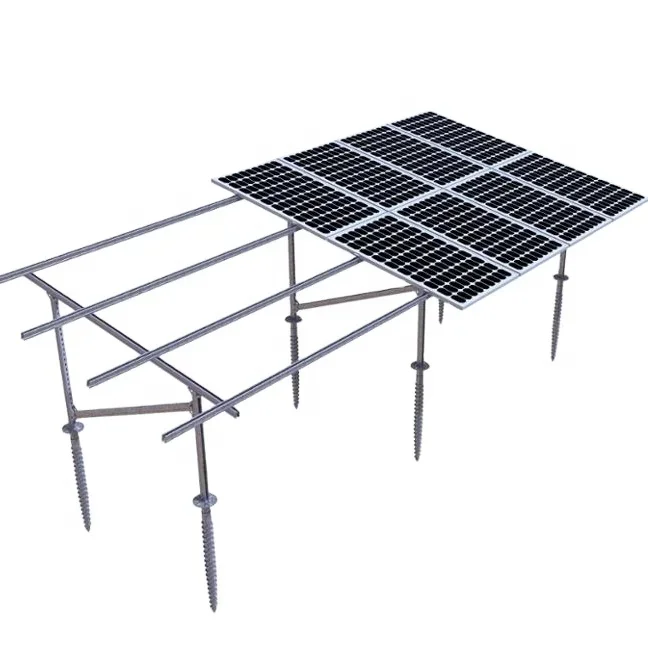-
2103 Kamer NO.322 Xinggang One Road, Haicang District, Xiamen Fujian, China

Post-Installation Checks for Solar Power Systems: What to Do Before Activation
Once your solar power installation is complete, it’s not immediately ready to go live. Various inspections must be performed to ensure safe and efficient operation. This article outlines the essential checks to conduct after solar panel installation — for both residential and industrial-scale systems.
Table of Contents
🔍 What Happens After Solar Installation?
After the physical installation of your solar system, a series of inspections—visual checks, electrical testing, and utility connection (grid tie-in)—must be completed. These are crucial to confirm the system is safe, correctly installed, and functioning within acceptable performance parameters.
🧿 Visual Inspection: The First Line of Quality Assurance
What’s Checked?
- Frame Structure: No distortion in the solar mounting structure
- Solar Panels: Free of cracks, dirt, and scratches
- Inverter/Power Conditioner: No exterior damage
- Wiring: Secure and properly connected

Why It Matters
Any deformation in the mounting structure, such as in C-Steel Ground Mount Systems, can lead to collapse during strong winds. Likewise, surface damage on modules leads to reduced output and long-term degradation.
For industrial systems, surrounding vegetation and debris are also inspected. Overgrown weeds can attract pests and compromise cable integrity.
📏 Electrical Testing: Measuring Performance & Safety
Key Tests Conducted

- Thermal Imaging: Detects abnormal heat spots using drones or infrared cameras.
- Voltage & Resistance: Verifies proper connectivity and identifies defective modules.
- Current & Output Measurement: Conducted in sunlight to monitor panel behavior under load.
Even high-quality frames like Aluminum Ground Mount Systems can suffer reduced efficiency if modules overheat or are mismatched.
Weather Considerations
Some results vary depending on sunlight conditions, so professionals often repeat tests under both clear and cloudy skies to ensure reliability.

⚡ Grid Connection: System Commissioning & Utility Tie-in
What Is “Grid Connection”?
This final step—“system interconnection”—ensures that your solar-generated electricity flows safely into the power grid.
- Breaker Activation: Confirm electricity flows correctly.
- Feed-in Confirmation: Check if electricity is being sold to the utility.
- Utility Contract Review: Typically called a “Power Supply Contract” or “Interconnection Agreement.”

Depending on the system output:
- Below 50kW = Low-voltage interconnection
- Above 50kW = High-voltage interconnection
For large-scale systems such as Ramming Pile Ground Mounts, this stage is critical to ensure safe commercial operations.
✅ Summary: Never Skip the Final Step
Performing these inspections is not optional—it’s essential. Post-installation checks not only ensure safety but also optimize system efficiency and longevity.
Helpful Links:
- Montagesysteem voor zonne-energie op de grond
- Montagesysteem voor zonne-energie op het dak
- Solar Mounting Accessories
By performing visual checks, technical tests, and grid connection procedures, your system can operate safely and reliably for 25+ years.








